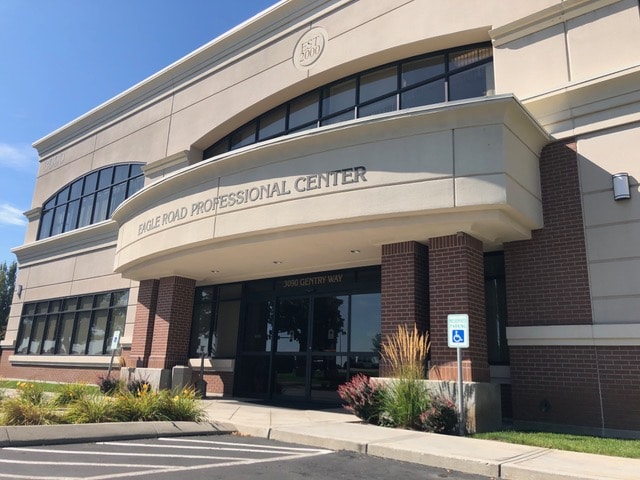Brow Lift
Also known as a forehead lift, a brow lift is a surgical procedure performed to reduce signs of aging in the forehead area. It aims to remove or minimize deep horizontal creases across the forehead and bridge of the nose, and the frown lines between the eyebrows. It also lifts the eyebrows, making the eyes look more open.
Common Brow-Lift Techniques
There are three main incision methods used for performing brow lifts. The classic (coronal) lift requires a long incision that runs across the top of the head, behind the hair-line, and down towards the ears. However, for a patient who has a high forehead, an incision which is made at the hairline (anterior hairline incision) may be used. The endoscopic lift requires three to five small incisions that are made across the forehead, at the hairline. These shorter incisions mean a shorter recovery time and less scarring than those from a traditional brow lift.
Which technique is chosen depends on the thickness, texture and elasticity of the skin, the bone structure of the face, the overall appearance of eyebrows and eyelids, and the position of the eyebrows.
The Brow-Lift Procedure
Brow-lift surgery usually takes place at a hospital or an ambulatory center. Either general anesthesia or intravenous sedation is used. Depending on the surgical technique used, one long incision or a series of small incisions is made. Tissue and muscle underneath the skin are moved or repositioned as necessary. At the end of the procedure, the incision(s) is closed with sutures. A thin tube (drain) is usually placed to collect excess blood and fluid. The forehead may be wrapped afterward to help reduce swelling.
Recovery From A Brow Lift
A patient typically returns home on the day of the brow-lift surgery. After 24-48 hours patients may shower and wash their hair. Swelling may be pronounced for the first day or two after surgery, over several days it may migrate down to the eye and cheek areas. Ice packs can help with the swelling. Most swelling and bruising subsides within 2 weeks. To prevent post-operative bleeding, bending and heavy lifting should be avoided for a few days. It is recommended to keep the head elevated during the early post-operative period to minimize swelling. It can take up to 6 months for swelling to fully subside and scars to fade.
Risks Associated With A Brow Lift
Prior to scheduling surgery, the patient should be fully aware of the risks associated with a brow lift. This will be discussed during your consultation with Dr. Jarrell. In addition to those associated with any type of surgery, a brow lift’s risks include the following:
Hair loss around the incision site(s)
Facial asymmetry
Higher hairline
Injury to facial nerves
Eye dryness/irritation
Fluid accumulation (seroma)
Numbness or changes in skin sensation
Poor wound healing
Unfavorable scarring
Results Of A Brow Lift
Depending on the patient’s presurgical appearance and goals, a brow lift’s results, which can be seen immediately, can be either subtle or dramatic. Eyes will appear more “open,” and creases across the forehead, bridge of the nose, and between the eyes will be much less prominent.


